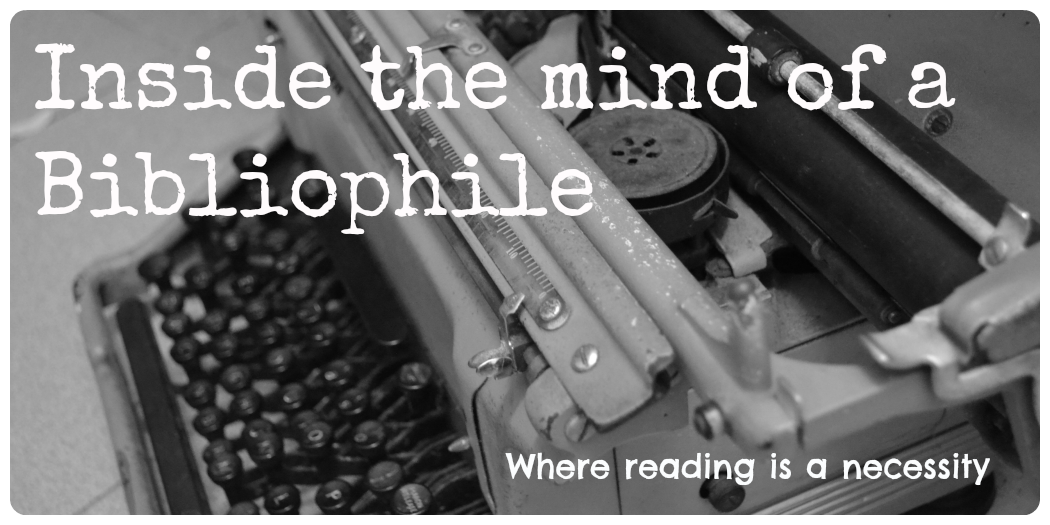 Foreign Studies is actually a collection of two short stories and one novel, but all of them deal with the topic of studying abroad (specifically, in France). And since it's Endo, I picked it up as soon as I saw it.
Foreign Studies is actually a collection of two short stories and one novel, but all of them deal with the topic of studying abroad (specifically, in France). And since it's Endo, I picked it up as soon as I saw it.The first story is 'A Summer in Roan' and is about a Japanese student in the village of Roan. Though everyone is kind, he feels like he doesn't belong and the longer he stays, the more he feels like a coward for remaining polite and in the village.
The second story, 'Araki Thomas', has a more factual tone and talks about one of the Japanese students who went abroad in the 17th century and came back to a closed country and persecution to Christians. This is the same period that Silence takes place in, but the protagonist is a Japanese rather than a foreigner. The factual tone makes me wonder if it's a mini-biography but I haven't done any research so I can't tell.
The third and longest story (probably can be classified as a novel) is 'And You, Too'. It follows the path of Tanaka, who came to Paris to study Sade. It's more complicated than the other two, since there is a Japanese community in Paris, so Tanaka must negotiate both a foreign culture and a culture that is home-but-not-quite and which will influence his standing when he returns home.
All three stories are rather bleak and they convey a sense of discontent and distance. In the introduction by Endo (which really should be read only after you've finished the stories), he mentions that this book arose out of his struggle in trying to reconcile two seemingly different cultures.
What is interesting is how his views have changed. His younger self thought that there was no way that Japanese people could understand French culture and vice versa, but twenty years later, he became "convinced that meaningful communication between East and West is possible."
I feel that the sense of alienation that Endo describes in this story is universal to anyone who has lived overseas. We are in a totally different country after all. But, I think his characters have chosen to look at the differences with bitterness, and that leads them to a state of mental anguish. Personally, I think that to see insights, to see slights and 'microagressions' and to read malicious meanings into perfectly kind actions is the road to an unhappy life.
I would recommend this book to anyone, especially those who have lived overseas for any period of time.










